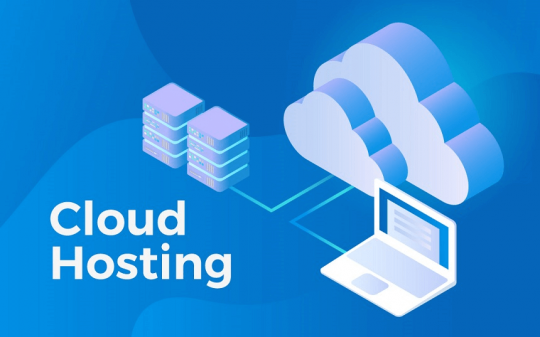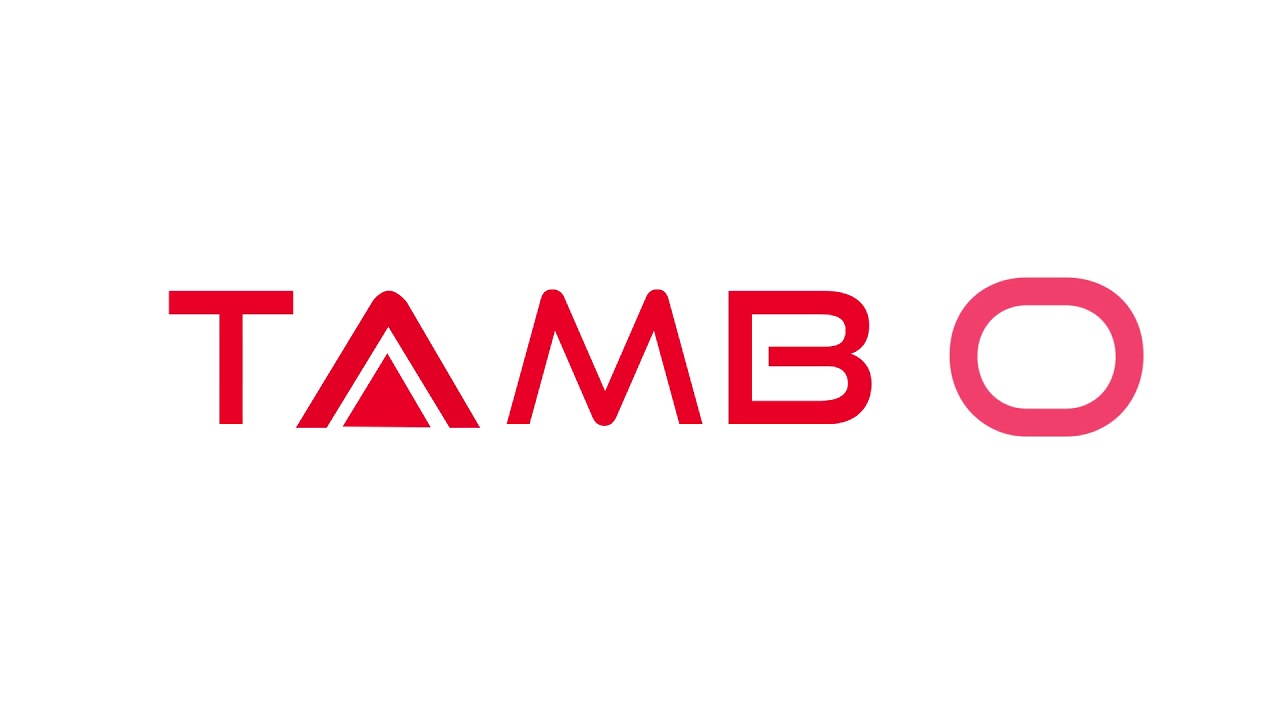
What is a Web Proxy server?
Well, instead of web data being received directly to our devices, risking our privacy, and sharing our public IP address, it goes through the Web Proxy server. The server has a different IP address faking out any potential risks. In this sense, it’s acting like a PO box instead of your residential address.
Why should you care about protecting your IP address?
Honestly, I’ve never thought about how important keeping an IP address discreet was until I thought about how much information gets revealed with that crazy long number chain, many of us don’t even think twice about it. Not only can it give away the virtual location of your device, but it can let out data. In fact, it may show your favorite website, search history, your company’s network server, or connected devices like a webcam.
Cache me outside: Bandwidth benefits
All scariness aside, a bonus to using a Web Proxy server is that it cuts down the load time on web pages you search regularly.
By using a cache to store webpages for you, your little guard tower not only protects your IP address, but it makes bringing your favorite sites back up a lot faster.
Forward proxy vs Reverse proxy
You might see or hear about forwarding or Reverse Proxies in your Web Proxy research. The difference between them is the direction in which the requests are moving through the server, which seems obvious right? Not for everyone, this can be a little confusing when you first start to research how different proxies send requests.
A Forward Proxy is doing the job that I went over earlier. It handles requests going out from your device to the Web Server and then into virtual chaos. The Proxy allows you to masquerade your IP address and all those other benefits previously mentioned.
A Reverse Proxy does something a bit more unique if you have multiple servers that you use to handle client traffic: for example, you made an app that requires clients to download and login, your app lives on a server or multiple servers, a farm if you will. The Reverse Proxy acts as a guard tower for your farms. The client uses their device to request your Reverse Proxy: the Proxy then sends that request to your server or servers depending on their needs and then sends it back to the client.
Share the load: Reverse proxy benefits
Another plus side to the Reverse Proxy, I know I am piling it up here, but it’s still important if you are running a business with a lot of server requests Load Balancing. Sorry, not sorry. Here comes another metaphor.
Imagine that one of your farms (aka server) is taking in a lot of requests. Your Reverse Proxy guard tower uses Load Balancing to send the requests to a different server or farm to keep the number of instances spread evenly, thus keeping the same quality and timely service for client requests.
Different flavors of web proxy servers
While we are deep into learning the different types of Web Proxy servers, I should mention the other kinds that are out there.
Anonymous proxy servers
Distorting proxy servers
High anonymity proxy servers
Transparent proxy servers
A lot more to Web Proxy servers than you thought, right? When it comes to providing the right privacy or transparency for your family or business there is no shortcut to the right decision. In the coming years, we can almost guarantee there will be more types of Web Proxy servers.





























